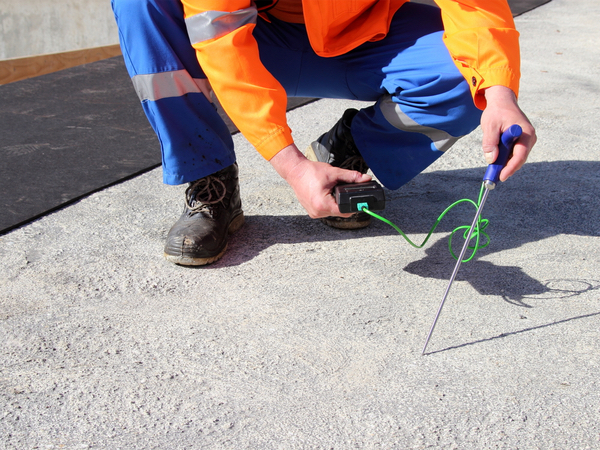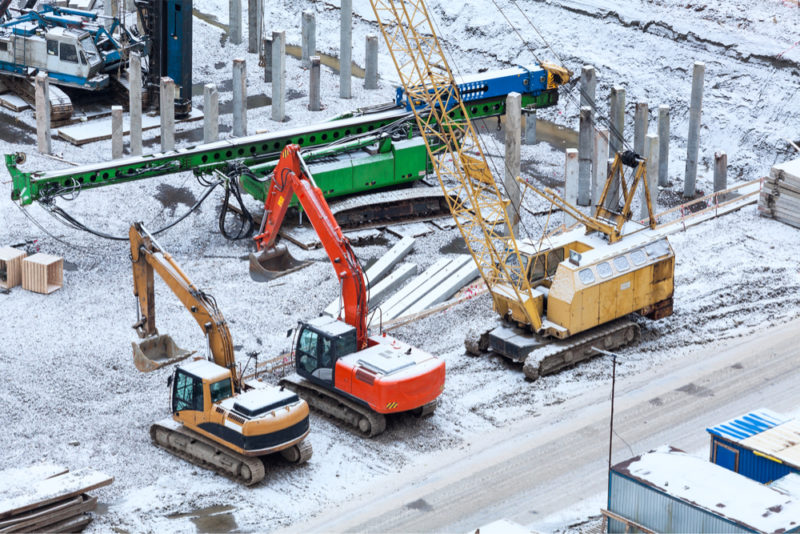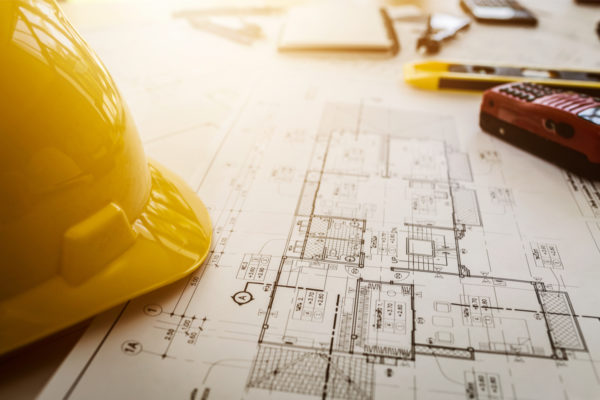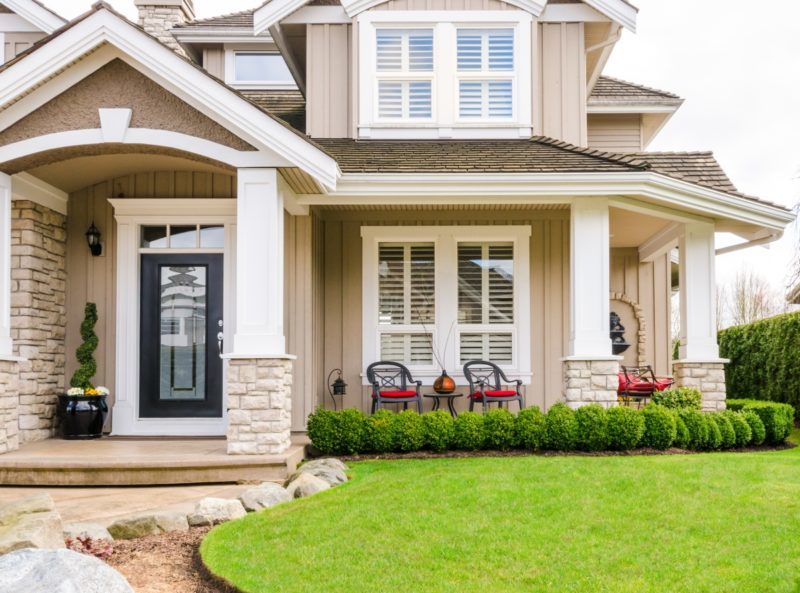Concrete’s Impact on Building and Infrastructure Resilience
Key Decision Makers Can Enhance Resilience By Choosing Concrete.
Today, Americans are entirely aware of the damage a natural or manmade disaster can have on a community.
From the recent California Wildfires that burned entire towns down; to Hurricanes, Michael, Florence, and Irma that brought more wind and rain than we could have imagined; on top of countless other disasters including floods, tornadoes, and earthquakes that wreaked havoc on our nation this year–we know quite well how serious these disasters can be.
While no one is completely out of harm’s way when it comes to these disastrous events, key decision makers like city planners, architects, designers, and builders can make decisions that enhance a community’s infrastructure resilience. One of those key decisions is to build with concrete.
What Makes Buildings and Infrastructure Systems Resilient?
The National Infrastructure Advisory Council defines infrastructure resilience as the ability to reduce the magnitude and/or duration of disruptive events.
The effectiveness of a resilient building or infrastructure system depends on its ability to anticipate, absorb, adapt to, and/or rapidly recover from a potentially disruptive event. Essentially, how quickly a community is able to restore energy, transportation, clean water, and communication services to residents after a disaster is the measure of a community’s infrastructure resilience.
Community facilities such as fire, police, health care, government entities, and designated shelters or residential units are typically built to the highest resilience.
The Impact Of Material Selection On Resilience:
A community can gain resilience when buildings are constructed in a way that allows them to withstand intense, disastrous events. As you can imagine, this type of resilience weighs heavily on the material selection process.
Resilient communities start with comprehensive planning and include stricter building codes that produce strong, long-lasting structures. As someone responsible for planning and designing buildings and infrastructure systems, it’s important to recognize the opportunity for resilience throughout the material selection process.
The most common building materials include wood, brick, stone, steel, iron–all of which have pros and cons.
Take wood for example. Wood is a very common building material boasting qualities such as being: strong, lightweight, and easy to use. But it should be noted that wood is easily prone to decaying and damage due to moisture, pest infestation, fire, and whatever other harsh environmental elements might come about.
A material that can be incorporated in several key aspects of a building or infrastructure system project to make it more durable and disaster resistant is concrete.
Read more of our construction need-to-knows for material management success.
Concrete Makes Buildings And Infrastructure Systems Resilient.
Nobody can deny concrete’s strength, durability, longevity, and inherent resilience, among many other benefits.
Today, concrete is the only building material that cost-effectively delivers:
- Energy efficiency through thermal mass
- Sound insulation
- 100% recyclability–considered a sustainable building materials!
- Durability in any type of environment
- Low carbon footprint for a structure or surface throughout its lifecycle
- Safety and security
- Versatility in shape, color, pattern, etc.
- Low maintenance costs
- Abundance of mix materials (water, air, gravel, sand) almost everywhere
- Resilience
Concrete doesn’t burn, rust, or rot. It’s resistant to fire, wind, water, vibrations, and earthquakes.
Moreover, concrete provides resiliency in the form of weight and mass. Think about it, concrete is physically heavier than most other building materials. It’s due to this quality that concrete structures are able to resist almost any force a disastrous event may unleash.
Below you can see the resilience of concrete wall systems, floor systems, finishes, roof tiles, storm shelters, retaining walls, and pavements in the face of various conditions.
As a stakeholder, designer or builder, it is in your best interest to consider how you can contribute to a building or infrastructure system’s resilience. A concrete wall, floor and/or roof system can provide your structure with the best combination of strength, security, and resilience.
Put it in Concrete Terms:
When you choose to build with concrete, you’re able to enjoy peace of mind knowing that you are providing unsurpassed safety and security for the building or community’s occupants. You’ll play a part in limiting the risk for costly property damage and/or losses, ensuring long-term continuity, and enhancing overall building resilience.
The same piece of mind you’ll enjoy knowing you chose to build with a resilient building material like concrete, is the piece of mind we enjoy knowing we supply our clients with a quality and well designed ready-mix concrete!
At Concrete Supply Co., we’ve made it our mission to be the premier provider of quality ready-mix concrete and related services while acting in the best interest of our employees, customers, shareholders, and the community.
We strive to embody our values of integrity, family, customers, teamwork, community, industry, and profitability in everything we do–something we feel is important to find in any supplier.
Learn more about who we are at Concrete Supply Co
If your next concrete project requires concrete that is extra strong, be sure to let your ready mix supplier know. Your ready-mix can be mixed in a way that contributes to the strength. A strong concrete ready-mix will ultimately allow you to have a more resilient building. For more on how to get the best ready-mix for your job, download our checklist.





